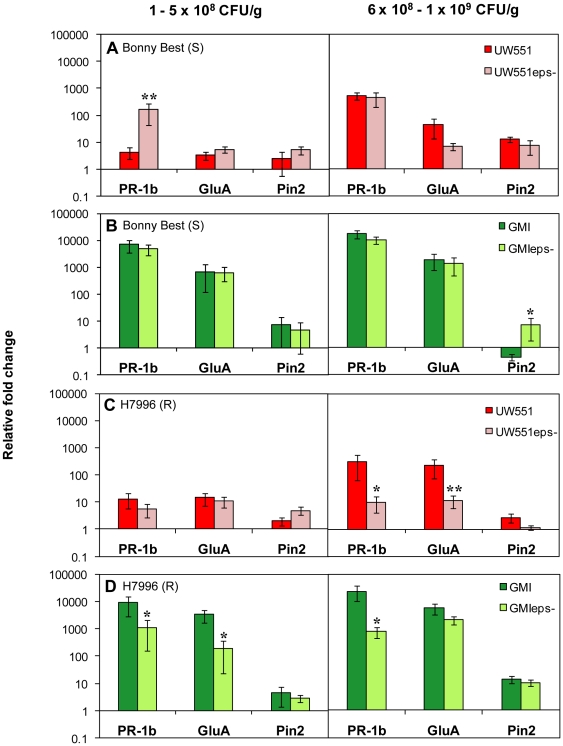Figure 3. Expression of tomato defense genes following petiole inoculation with Ralstonia solanacearum wild-type strains and extracellular polysaccharide-deficient ΔepsB mutants.
Gene expression was measured in A: BW-susceptible (S) cv. Bonny Best infected with UW551 or UW551ΔepsB; B: BW-susceptible cv. Bonny Best infected with GMI1000 or GMI1000ΔepsB; and C: horizontally resistant (R) line H7996 infected with UW551 or UW551ΔepsB; D: horizontally resistant line H7996 infected with GMI1000 or GMI1000ΔepsB. Plants were inoculated through the cut petiole of the first true leaf. Genes represent activation of ET pathway (PR-1b), SA pathway (GluA), and JA pathway (Pin2). Gene expression was measured in response to two pathogen cell densities in tomato stem tissue: 1 to 5×108 CFU/g stem and 6×108 to1×109 CFU/g. Asterisks above bars indicate significant differences in gene expression between wild-type strain and ΔepsB mutant (* = P>0.05, ** = P = 0.001). Bars show normalized mean fold induction relative to mock-inoculated control plants (± SE). UW551: N = 8 to 15 plants per treatment, with 4 independent experiments; GMI1000: N = 6 to 11 plants per treatment, with 3 independent experiments.

